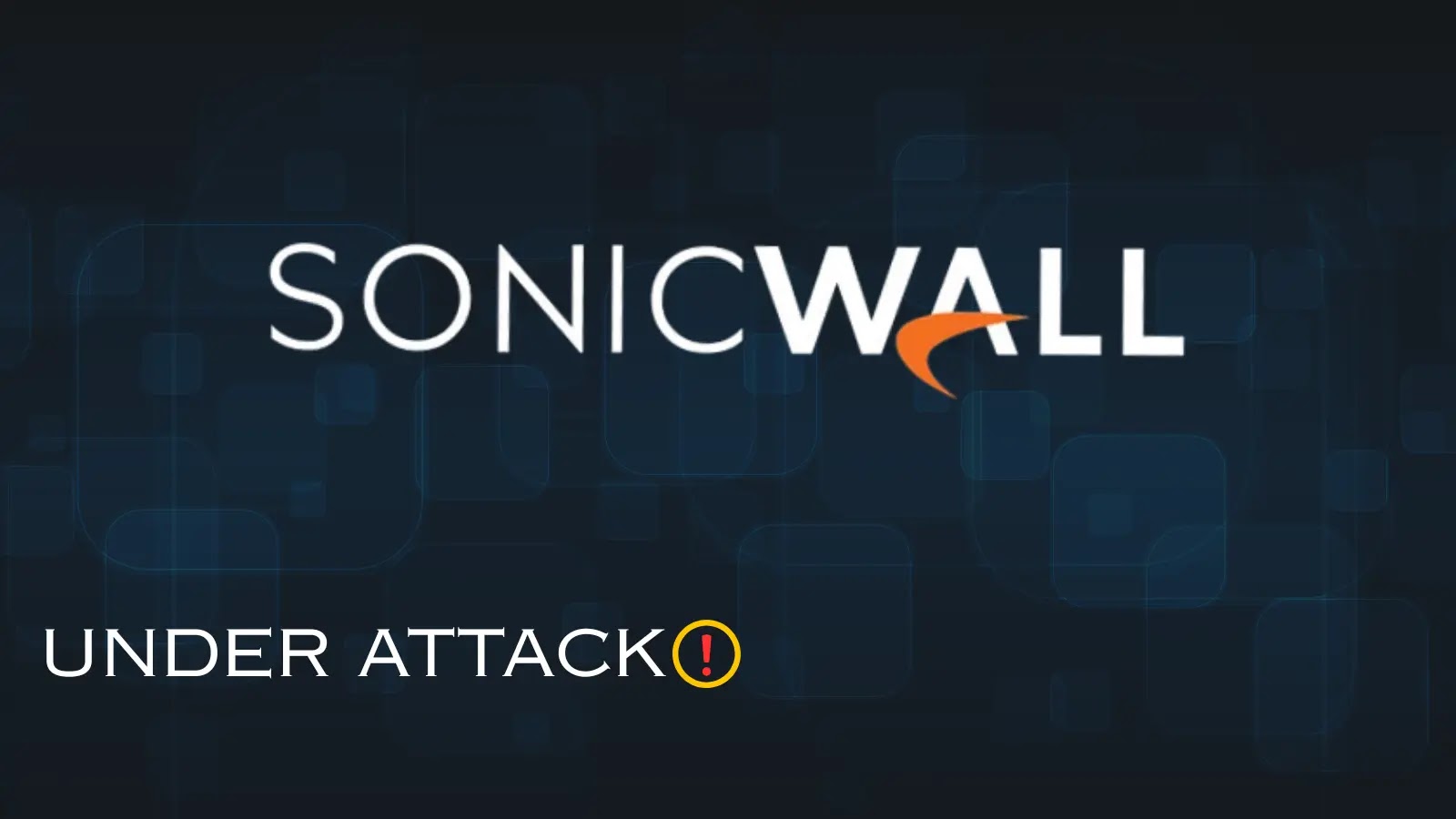
SonicWall SSLVPN Under Attack Following the Breach of All Customers’ Firewall Backups
The Critical Threat: SonicWall SSLVPN Under Coordinated Credential Attack
The digital perimeter of many organizations relies heavily on secure remote access solutions. When these critical gateways are compromised, the ripple effect can be devastating. Recent reports indicate a sophisticated and alarming surge in attacks targeting SonicWall SSLVPN devices, directly impacting numerous customer networks. This coordinated offensive emerges mere weeks after a significant breach exposed sensitive firewall backup data, raising serious concerns about the integrity of widely deployed systems.
The Breach and Its Aftermath: Stolen Credentials in Play
Beginning October 4, 2025, threat actors have rapidly achieved authenticated access to over 100 accounts across 16 distinct environments. This aggressive campaign is particularly concerning because the attackers are not relying on traditional brute-force tactics. Instead, evidence strongly suggests the use of stolen, valid credentials. This points to a pre-existing compromise, likely stemming from the earlier breach that exposed customer firewall backups. The ability to bypass authentication mechanisms with legitimate credentials is a significant escalation, enabling attackers to move laterally and establish persistence much more effectively.
Understanding the Attack Vector: SSLVPN as a Gateway
SSLVPN (Secure Sockets Layer Virtual Private Network) solutions like SonicWall’s provide a secure tunnel for remote users to access internal network resources. They are designed to be the first line of defense for remote access, making them prime targets for malicious actors. A successful compromise of an SSLVPN can grant direct access to an organization’s internal network, allowing for data exfiltration, ransomware deployment, or further network reconnaissance. The current wave of attacks exploits the trust placed in these systems, leveraging pre-acquired credentials to bypass even strong authentication protocols if those credentials are valid.
The Link to Prior Data Exposure
The timing of these attacks, following a significant breach of customer firewall backups, is not coincidental. Firewall backups often contain highly sensitive configuration data, including user accounts, passwords (or their hashes), and VPN configurations. If these backups were inadequately secured or encrypted, their compromise could directly lead to the harvest of valid credentials, precisely what is observed in the current attacks. Organizations must scrutinize the security posture of all their backup routines, especially those containing critical network infrastructure data.
Remediation Actions and Proactive Defense
Given the severity and sophistication of these attacks, immediate and comprehensive remediation actions are imperative for any organization utilizing SonicWall SSLVPN. Proactive defense strategies are equally crucial to prevent future compromises.
- Immediate Password Reset: All users with access to SonicWall SSLVPN should be compelled to reset their passwords immediately. This should be enforced with strong password policies.
- Multi-Factor Authentication (MFA) Enforcement: If not already implemented, enforce MFA for all SonicWall SSLVPN users. This is the single most effective control against credential-stuffing attacks.
- Review and Audit Logs: Thoroughly review SonicWall SSLVPN logs for suspicious activity, including unusual login times, source IP addresses, or access patterns. Pay close attention to logs from October 4, 2025, onwards.
- Network Segmentation: Implement or strengthen network segmentation to limit the lateral movement of attackers even if they gain initial access through the VPN.
- Patch Management: Ensure all SonicWall devices are running the latest firmware and security patches. While credential theft isn’t always directly mitigated by patching, it’s a fundamental security hygiene practice.
- Incident Response Plan Activation: Activate your organization’s incident response plan to methodically investigate potential breaches, contain threats, and recover affected systems.
- Vulnerability Scanning: Regularly scan your external attack surface, including your SonicWall SSLVPN, for known vulnerabilities. Relevant CVEs may emerge from forensic analysis. For example, previous SonicWall vulnerabilities include CVE-2021-20016, which exploited an unauthenticated API.
Tools for Detection and Mitigation
Leveraging appropriate cybersecurity tools is essential for detecting ongoing attacks and fortifying your defenses.
| Tool Name | Purpose | Link |
|---|---|---|
| SIEM (Security Information and Event Management) | Centralized log collection, correlation, and alerting for suspicious VPN activity. | (Varies by vendor – e.g., Splunk, QRadar, Elastic SIEM) |
| EDR (Endpoint Detection and Response) | Monitors endpoint and network activity for post-compromise lateral movement and malicious behavior. | (Varies by vendor – e.g., CrowdStrike, SentinelOne, Microsoft Defender for Endpoint) |
| Vulnerability Scanners | Identifies unpatched vulnerabilities on SonicWall devices and other network assets. | (e.g., Nessus, Qualys, OpenVAS) |
| MFA Solutions | Adds an essential layer of security beyond passwords for VPN authentication. | (e.g., Duo Security, Okta, Microsoft Azure AD MFA) |
Protecting Your Perimeter: A Continuous Endeavor
The aggressive and coordinated attacks targeting SonicWall SSLVPN devices serve as a stark reminder of the persistent and evolving threat landscape. The use of stolen, valid credentials elevates this particular campaign, bypassing traditional defenses and highlighting the critical need for robust credential management, multi-factor authentication, and an active incident response posture. Organizations must reassess their security measures, particularly around external-facing services and the sensitive data contained within system backups, to effectively counter these advanced threats.





